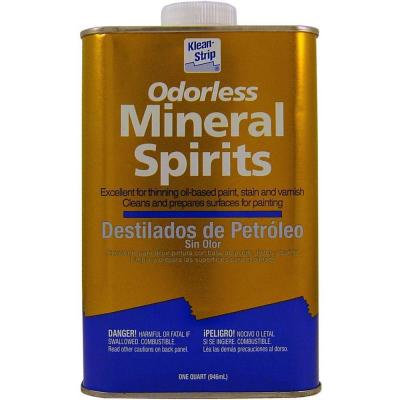I have an AAC Element 2 that I took apart after about 500 rounds and found it was heavily fouled with lead and carbon fouling. This stuff was seriously baked on. Basically fused to the metal surfaces of the tube and baffles. It seemed this rate of build up would definitely cause clearance issues at some point if left unchecked. I researched for cleaning options and ultimately went with "the dip" using off the shelf hydrogen peroxide (6% active) 50/50 with vinegar which worked to get it cleaned back to original condition. Warning, this was a nasty process, requires safety precautions and creates toxic waste so do your research if you plan to go this route. I certainly didn't want to have to do it again, so I then searched for pre-treatment options to prevent this fouling from occurring in the first place. I came across this very helpful information:
http://www.rrdvegas.com/silencer-cleaning.html
I followed his process for pre-treating with Dot 5 Brake Fluid from O'Reilly Auto Parts and so far, it works like a champ! After firing about 100 rounds, the fouling wiped clean with paper towels and Q-Tips in minutes, no baked on fused together lead fouling. The fouling I wiped out was a moist cake type substance. This was after only about 100 rounds and the suppressor never got really hot. I'm interested to see how it does after really heavy use, but at first look is really promising.
http://www.rrdvegas.com/silencer-cleaning.html
I followed his process for pre-treating with Dot 5 Brake Fluid from O'Reilly Auto Parts and so far, it works like a champ! After firing about 100 rounds, the fouling wiped clean with paper towels and Q-Tips in minutes, no baked on fused together lead fouling. The fouling I wiped out was a moist cake type substance. This was after only about 100 rounds and the suppressor never got really hot. I'm interested to see how it does after really heavy use, but at first look is really promising.








